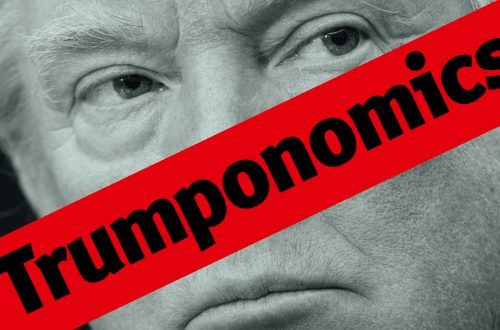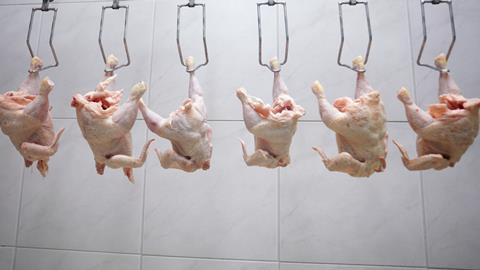I doubt I’m the first to observe that the world’s most dynamic and violent class struggle may be occurring now in the People’s Republic of China.
Last month Edward Cody of The Washington Post reported on a violent strike over reduced pay at a textile factory in Xizhou– one of hundreds of acts of defiance by Chinese workers in recent years.
Today Cody reports on a riot in Chizhou provoked by a traffic accident involving a wealthy outsider driving a four-door sedan and a local man on a bicycle, which ended with the driver’s bodyguards beating up the bicyclist.
The beating, part of a minor traffic incident on a slow Sunday afternoon, ignited a spark of anger. The spark became a riot, evolving over eight chaotic hours into an expression of rage against the Chinese Communist Party’s new fascination with businessmen, profits and economic growth.
After they saw what happened to Liu, Chizhou’s self-described “common people” rose up against what they perceived as their local government’s willingness to side with rich outside investors against Chizhou’s own. By the end of the evening, 10,000 Chizhou residents had filled the streets, some of whom torched police cars, pelted overwhelmed anti-riot troops with stones and looted a nearby supermarket bare.
How much do the absence of free labor unions and a democratic political process have to do with these violent expressions of rage? Probably a lot. But isn’t it also possible that decades of official propaganda about predatory capitalists and oppressed workers are coming back to bite China’s rulers?


